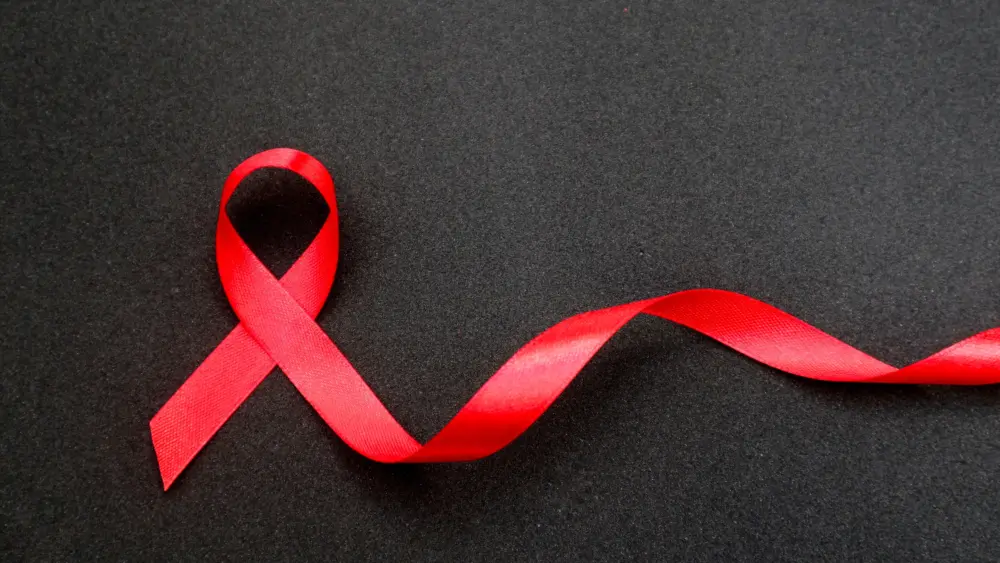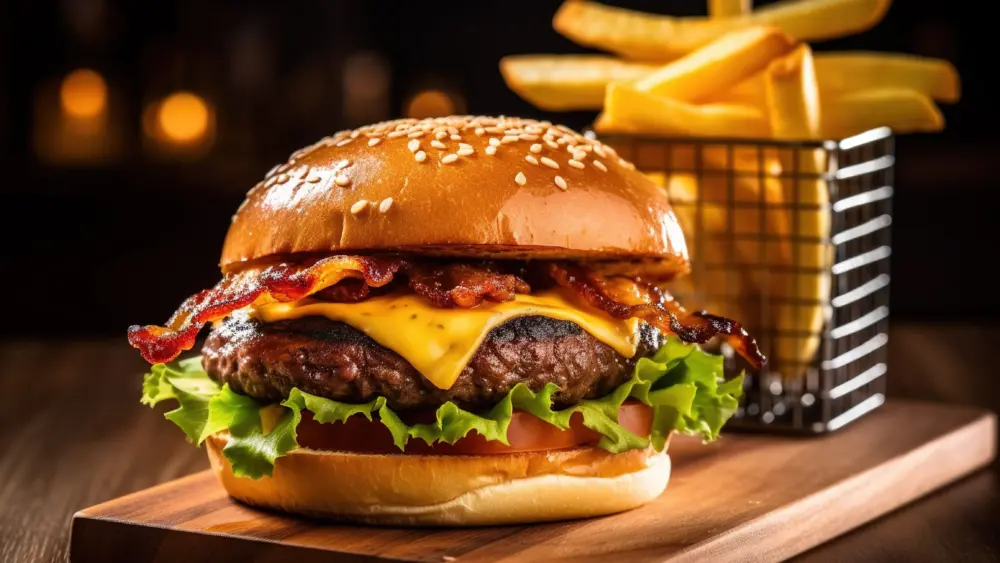Millennials do represent a growing legion of wine drinkers, but old standbys still hold a hefty grip on the market.
As a working mom nine months into twindom and not quite as deep into 2014, I’m in a constant state of catch-as-catch-can. As such, here’s my rundown of a couple of industry events that caught my eye earlier this year.
In January, I sat in on the Wine Market Council’s annual meeting, where marketing types swap stories and stats about consumer drinking trends and pontificate over how last year’s patterns may or may not impact the business of wine today. Danny Brager, a senior vice president at Nielsen, opened with this prediction: “Sunny, but be wary of clouds.” Cloud cover was Brager’s stab at describing the threat that craft beer and spirits pose on wine consumption. “Many of the reasons people love wine—the adventure, exploration and experience—are the same things that appeal to a craft spirit buyer. A portion of that innovation and merchandising is focused on taking away some of the wine business, so be prepared to defend your turf and fight back.” Is this the wine industry we’re talking about or a “West Side Story” gang rumble about to unfurl?
Before I got too tangled up reminiscing about my high school drama days, Brager distilled things. “With wine, we have romance, culture and sophistication. Wine drinkers are into healthy lifestyles and sustainability. Beer, not so much. We also have a much broader demographic appeal to baby boomers, seniors and females, which craft beer doesn’t have.” He ended his cautionary tale by urging marketers not to hyper-focus on millennials at the expense of other age categories (namely seniors) and encouraged people to consider a more balanced marketing approach. If only winemaking tactics would rely more universally on balance.
My take away from Brager’s tale: Millennials do represent a growing legion of wine drinkers, but old standbys still hold a hefty grip on the market. It’s a point that crystalized when the council revealed wine club survey data, which attributed 57 percent of club memberships to baby boomers, 23 percent to gen-xers and a paltry 11 percent to millennials.
But back to balance. In March, I attended Karen MacNeil’s (author of the Wine Bible) keynote during the first ever CabFest at Yountville’s Lincoln Theater. MacNeil spoke about the characteristics she believes define “a great Cabernet Sauvignon.” She almost lost me when she compared wine texture to falling snow, but redeemed herself with this nugget: “Almost every great wine has an element of corruption.” Now that I can get behind. Maybe it’s my seedy city roots, or perhaps the appeal of my pie-in-the-sky notion that wine should be less about perfection (listen up 100 point score seekers!) and more about creating points of distinction—those accidental and intentional quirks that make a wine stand out and remind us that the cherry-bomb, high-alcohol wines that reign one day may not the next. My other notion is that the true “greats” of any generation will change with time, but balance will always be king.
This got me wondering why, in a land that’s been dubbed “Cab Country,” it took so long for a Cabernet festival to crop up. It almost feels too late for such a swilling soirée. Maybe not, given this first-ever fest drew 2,000 attendees, 70 percent from outside Napa Valley (across 17 other states) as well as international visitors. The event sported a convivial atmosphere and, at times, a rock ‘n’ roll crowd, with Jeff Bridges & the Abiders headlining. The softer side of music and wine was represented when the Symphony Napa Valley Orchestra Institute Fellows added to the eclectic ambiance. Napa Valley Vintners paid tribute to the famous Paris Tasting of 1976 with a panel discussion and high-end cult wine tasting.
I’ve been lucky enough to attend and write about many festivals, including Zinfandel Advocates and Producers (ZAP), an organization that’s been around for 23 years. While ZAP hails from the roots of education and advocacy for the varietal, CabFest, produced by the Napa Valley Performing Arts Center, seems to have spawned from more simplistic roots—an excuse for folks to raise a glass in the name of a varietal that many feel put Napa Valley on the worldwide wine map. I’m not at all above drinking to that.
Author
-

Christina Julian left Los Angeles and a career in advertising to sip and swirl for a living in Napa Valley, where she vowed to make wine and the discussions around it, more approachable. She’s covered everything from arts and entertainment to travel and leisure but remains true to her own words as a wine and food writer for The Infatuation. NorthBay Biz was one of the first regional publications she wrote for when she landed here more than a decade ago, and she’s never looked back. Learn more at christinajulian.com.
View all posts



